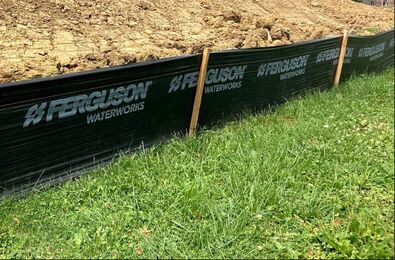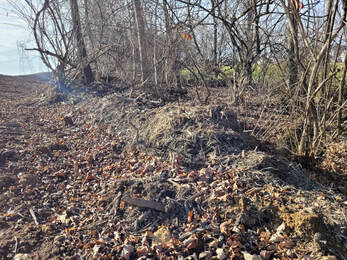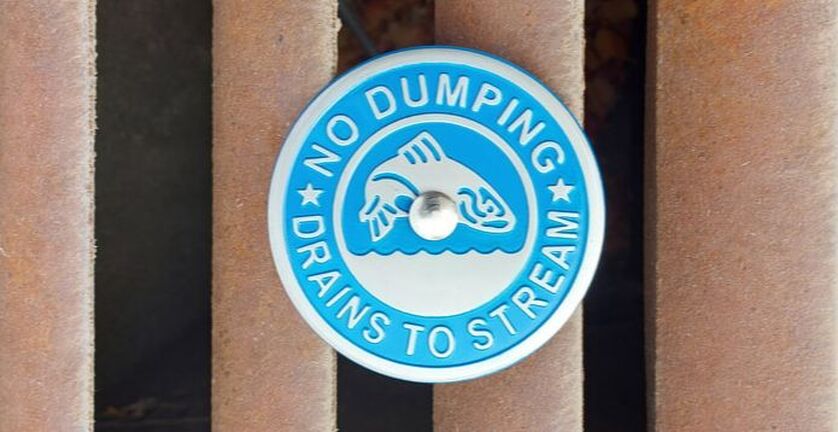|
There are 88 counties in Ohio, each with a Soil and Water Conservation District (SWCD). SWCDs were created in response to the Dust Bowl event of the 1930s, when poor farming practices, heat, and drought led to wind-blown erosion on a massive scale. The loss of valuable, organic-rich topsoil threatened food production and livelihoods. In fact, the International Soil Reference and Information Centre estimates that seventeen percent of the world’s soils have been strongly degraded and those areas are growing, leading to increased global food insecurity. Soil formation is a slow process so replacing lost soil is challenging. It can take 500 to 1,000 years for one inch of topsoil to form depending on environmental factors (Columbia University). When erosion occurs, not only is this valuable resource lost, but it ends up in streams and lakes. The suspended sediment clouds water, making it hard for aquatic life to breathe and find food. Erosion prevention is important on farms and construction sites where the soil is excavated and moved around. One way Warren Co SWCD targets erosion is through administering Earth Disturbing Permits and upholding the Ohio EPA’s Construction General Permit. Earth disturbing activities larger than one acre are subject to the Earth Disturbing Permit process. The process usually begins with a review of a Stormwater Pollution Prevention Plan. In this plan, engineers detail how multiple erosion control measures work together to achieve a cumulative effect to reduce the amount of sediment carried off-site from weather or construction activity. You may have driven by a construction site and wondered, what are those black fences or rolls? These are just a few of the best management practices (BMPs) designed to minimize off-site tracking of sediment into roads and waterways. Silt fences are made of black fabric and are meant to pond water behind them, allowing sediment to settle out. These are usually used as perimeter controls. Mulch berms and filter socks filled with mulch also work well to filter sediment. Lots under construction typically have filter socks placed along the perimeter of the site. However, some sediment can escape and make its way to a storm drain. Only rainwater should go through a storm drain in the street, so inlet protection is required on drains to catch sediment before it makes its way further. It is crucial that pollutants are not poured down a storm drain because these drains do not lead to a treatment facility—they drain directly to a waterway without treatment. Inlet protections come in many forms, but mesh drop baskets work well to trap sediment during construction. After reaching storm drains, stormwater usually drains to a basin. This is the last stop before leaving the site and being discharged into a creek or river. To help reduce sediment leaving the construction site, a basin is designed as a sediment settling pond, draining water through a skimmer device that floats on the surface. While the skimmer floats on top, sediment falls to the bottom of the basin and settles. This way, the skimmer can drain the cleanest portion of water from a basin. When functioning properly, a multitude of site controls work together to greatly reduce the amount of sediment-laden water leaving the site and impacting the waterways. Closing a project involves a final walkthrough to ensure that the site is fully stabilized with grass and that temporary erosion control measures are removed. When exposed soil has been fully stabilized with grass, there is no longer a need to filter sediment from runoff. There are many ways stormwater is controlled on a construction site before it is discharged into a waterway. Monthly inspections help ensure that the temporary stormwater controls are maintained and functioning properly. Construction sites are messy by nature, and stormwater management is a continuous effort. Only sites over an acre are regulated through our earth disturbing process, but you can help protect our cherished natural resources regardless of the size of your project. Building a shed in your back yard? Ensure that sediment is filtered by installing a mulch berm along the downslope perimeter of your property to filter the runoff until the ground is stabilized with grass. Let’s all take part in the effort to preserve our soils and streams for future generations as our ancestors did for us. Resources:
Columbia University. https://news.climate.columbia.edu/2012/04/12/why-soil-matters/#:~:text=It%20can%20take%20500%20to,%2C%20topography%2C%20and%20living%20organisms. Ohio EPA Rainwater and Land Development Manual. https://epa.ohio.gov/divisions-and-offices/surface-water/guides-manuals/rainwater-and-land-development?msclkid=cb5f60f4b48d11ec8b5ece1ef5e16d3c
0 Comments
Leave a Reply. |
Details
Warren County SWCD Staff BlogA blog to keep you informed on all the latest news at Warren County SWCD and in the conservation world. Archives
May 2024
Categories
All
|
|
|
Contact:PHONE: (513) 695 - 1337
EMAIL: [email protected] HOURS: Monday - Friday 7:30am - 4:00pm (except holidays) Connect:Warren County Soil & Water Conservation District Copyright © 2016
Warren SWCD Privacy Notice. Emails are serviced by Constant Contact. Constant Contact's Privacy Notice. |



